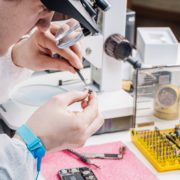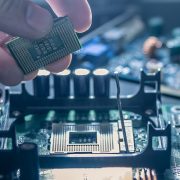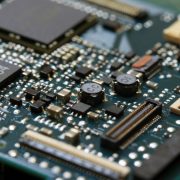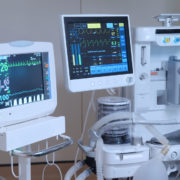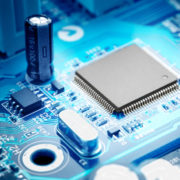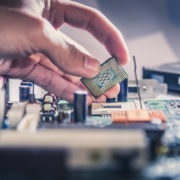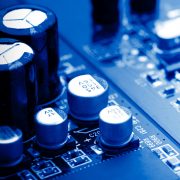How Can I Become an Analog Design Engineer?
Are you looking to land a job as an analog design engineer? First, it is important to understand the job description and daily tasks of the position. Moreover, you need to have a basic knowledge of analog and digital fundamentals. Successful applicants need to provide solutions to significant problems in their field of expertise.
What is an Analog Design Engineer?
If you are into engineering and want an exciting position working with a fabless manufacturer, analog design engineering may be the position for you. In comparison to other jobs, these engineers have a growth rate of 2% between the years 2018-2028.
This is according to the Bureau of Labor Statistics. Thus, the prediction is that by 2028 the number of open analog design engineer opportunities is around 8,000.
In terms of income, the profession averages $102,249 of salary per year. An engineer in this area can also earn from around $79,000 to $130,000 annual salary. Thus, it takes work to become this kind of engineer.
What Education Level Do I Need?
Given the job of an analog design, an engineer requires you to have the appropriate educational background to get hired.
- Bachelor of Science in Electrical Engineering with more than 10 years of experience or Master of Science in Electrical Engineering with more than 8 years of experience in designing ICs at the transistor level.
- Strong analog or mixed-signal IC design with the use of CMOS, BiMOS, or Bipolar technology
- Strong expertise in analog signal processing design using references, amplifiers, switch-cap, active filters, ADCs, DACs, PLLs, and oscillators. Also, he or she must have knowledge of CAD schematic capture and simulation tools.
- Strong communications and interpersonal skills
- Extensive knowledge of device physics and models
About 9% of these engineers are proficient in CMOS, IC, and RF, aside from soft skills such as initiative, interpersonal skills, and speaking skills.
What are the Typical Duties of an Analog Design Engineer?
An analog design engineer is inclined to refine electrical signals across an array of electronic equipment. Part of their job is designing electronic parts and integrated circuitry for analog and mixed-signal electronic equipment. Moreover, they must develop the whole integrated circuit’s lifecycle which starts from specification, circuit design, architecture development, layout supervision and test the launching of a product.
At the same time, this engineer must review vendor capability to support product development and inspect equipment to initiate operating data. Most of all, they must possess strong numerical skills and an understanding of signal processing and systems theory.
Where can I get Hired?
Nowadays, semiconductor companies are often fabless, which indicates that the company doesn’t take part in any fabrication of the product but in the designing and marketing aspects of the semiconductor chips.
That said, you can apply as an analog design engineer at Linear MicroSystems today. In fact, they are offering an exciting and flexible work environment, competitive salary, and generous dental and medical insurance, and extensive career growth opportunities.
Visit the Linear MicroSystems website to find a current job listing for an Analog/Mixed-signal design engineer.
Linear MicroSystems, Inc. is proud to offer its services worldwide as well as the surrounding areas and cities around our Headquarters in Irvine, CA: Mission Viejo, Laguna Niguel, Huntington Beach, Santa Ana, Fountain Valley, Anaheim, Orange County, Fullerton, and Los Angeles.


